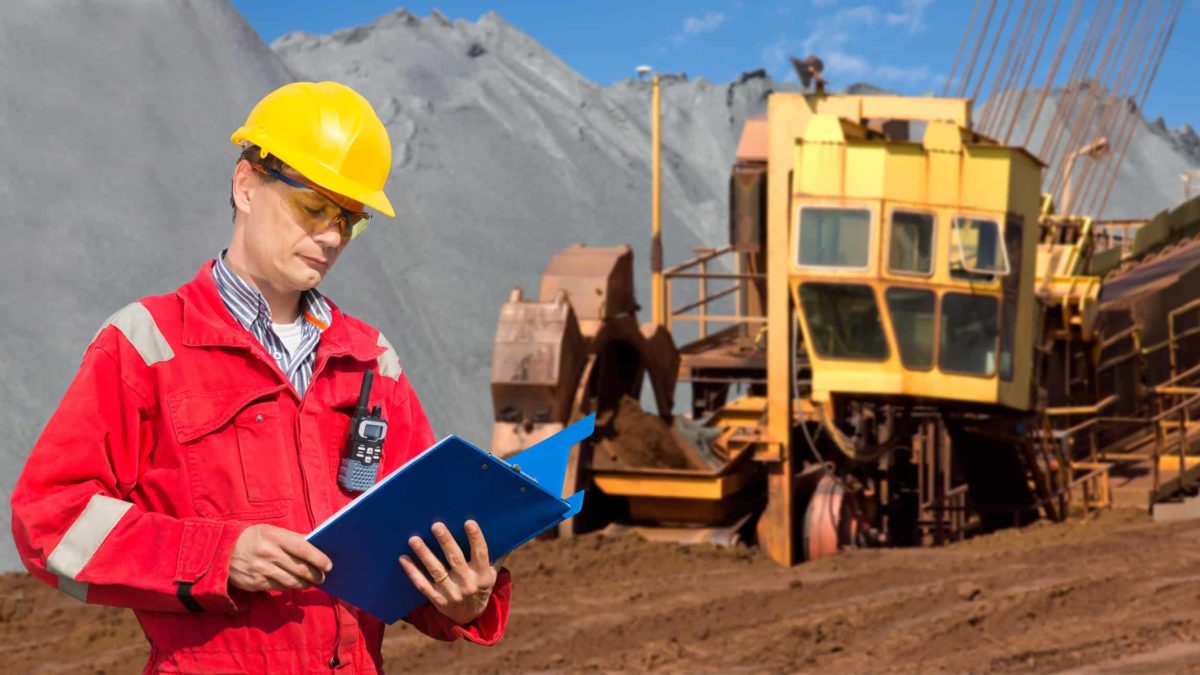Analysts at Goldman Sachs believe that it could be time to pounce on BHP Group Ltd (ASX: BHP) shares.
This morning, the broker has upgraded the mining giant's shares to a buy rating with a price target of $49.90.
Based on the current BHP share price of $43.27, this implies potential upside of just over 15% for investors over the next 12 months.
In addition, the broker is forecasting fully franked dividend yields of 7.1% in FY 2023 and 5.7% in FY 2024. This stretches the potential returns on offer with BHP shares to beyond 20%.
Why did Goldman upgrade BHP shares?
According to the note, the broker has now incorporated the OZ Minerals acquisition into its valuation.
Interestingly, Goldman doesn't see a lot of immediate valuation creation from the acquisition. In fact, the broker suspects it could be value dilutive in the near term. It explains:
The OZL acquisition will increase BHP's copper production by ~7% and earnings by a modest 1% in FY24 on our estimates, however will also lift group capex and gearing and lower FCF over the medium term.
We see the deal as slightly value dilutive even at our top of the street, long run copper price forecast of US$4.3/lb (real $), and assuming part of the identified ~US$1.5bn (mid-point) in potential synergies associated with both the Olympic Dam and Nickel West smelters are captured over the next 5-10 years.
So why the upgrade? Well, the upgrade is simply due to the current valuation of BHP shares. Goldman believes recent weakness has created a buying opportunity for investors. It adds:
Although we believe BHP's biggest challenge will be the execution of the Carrapateena block cave and West Musgrave projects within OZL's budget and timeframe, along with capturing the potential synergies with the smelters that we have identified, we upgrade BHP to Buy (from Neutral) based on attractive valuation after the recent ~15% drop in the stock price since January. The slide in share price is due to the recent drop in iron ore and copper prices on the back lower than expected Chinese steel demand and developed market copper demand in 1Q.








